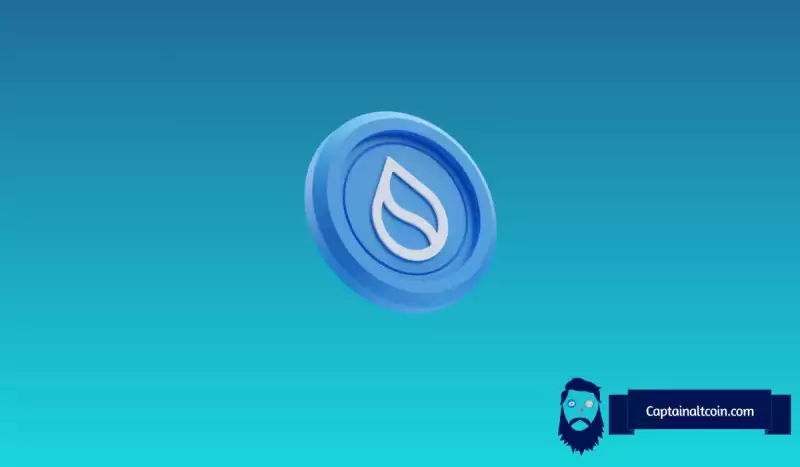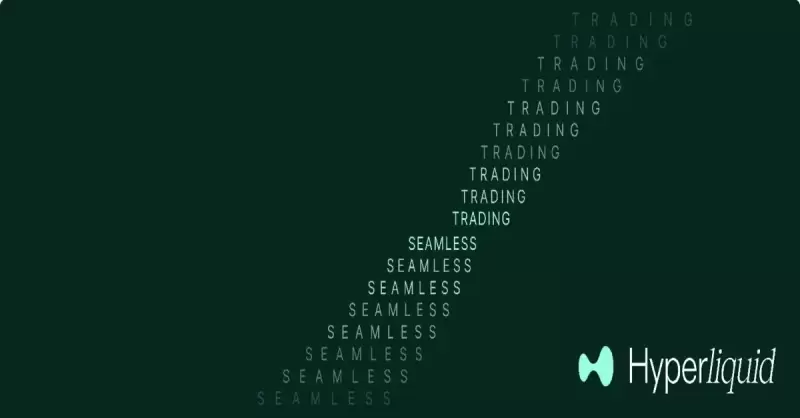 |
|
 |
|
 |
|
 |
|
 |
|
 |
|
 |
|
 |
|
 |
|
 |
|
 |
|
 |
|
 |
|
 |
|
 |
|
Cryptocurrency News Articles
Scalability means nothing if developers can't build on it
Mar 31, 2025 at 01:01 am
Hedera Hashgraph and Internet Computer both offer strong technical visions—Hashgraph for high-speed consensus and ICP for decentralizing the web

Scalability only truly matters if developers can build on it.
Scalability only truly matters if developers can build on it.
Both Hedera Hashgraph (HBAR) and Internet Computer (ICP) have strong technical visions—Hashgraph for high-speed consensus and ICP for decentralized web applications—yet their practical adoption still depends on how easily developers can integrate their projects. While Hedera has scored points with enterprise alliances and ICP pushes infrastructure innovation, both face challenges in lowering the barrier to entry for builders.
Through its Beta Testnet, BlockDAG is positioning itself differently. It's focusing on usability with EVM compatibility, a full IDE, and real-time deployment tools. In essence, BlockDAG is closing the gap for developers who are looking for a plug-and-play blockchain to launch their dApps.
Hedera Hashgraph: Efficient Consensus for Scalable Applications
Hedera Hashgraph (HBAR) operates on a unique distributed ledger technology called Hashgraph, which differs from traditional blockchains by offering asynchronous Byzantine Fault Tolerance (aBFT). This allows Hedera to achieve fast, secure, and energy-efficient consensus without sacrificing decentralization.
Hedera Hashgraph (HBAR) operates on a unique distributed ledger technology called Hashgraph, which differs from traditional blockchains by offering asynchronous Byzantine Fault Tolerance (aBFT). This allows Hedera to achieve fast, secure, and energy-efficient consensus without sacrificing decentralization.
In particular, the platform is designed for enterprise-grade applications, enabling developers to build smart contracts and decentralized apps with predictable fees and high throughput. Moreover, Hedera supports real-time finality and can process over 10,000 transactions per second, making it well-suited for payment systems, identity management, and supply chain use cases. Additionally, governance is handled by a global council of major corporations, adding institutional stability.
As of March 29, 2025, HBAR is trading at around $0.17, up 51% from $0.112001 on the same date in 2024. Ultimately, this steady increase reflects confidence in Hedera’s underlying technology and its growing adoption by enterprises and developers. Long-term holders have benefited from consistent performance in a volatile market.
Internet Computer: Decentralizing the Web with Scalable Computing
Developed by the DFINITY Foundation, Internet Computer (ICP) aims to reinvent the Internet by hosting web apps, services, and data directly on a decentralized network without relying on centralized cloud providers. It uses Chain Key Technology to achieve this, which enables canister smart contracts that run at web speed and scale infinitely. Consequently, this architecture allows developers to build everything from DeFi protocols to social media platforms on-chain.
Furthermore, the network’s native utility token, ICP, powers computation and storage across nodes. It also plays a role in governance via neuron staking. However, while technologically ambitious, ICP’s market performance has been mixed.
As of March 29, 2025, ICP trades at approximately $5.45, reflecting a 59% decline from $13.30 in March 2024. Nevertheless, the project continues to innovate—rolling out new developer tools and integrations aimed at increasing real-world utility. For early holders, the long-term value lies in the platform’s potential to host a fully decentralized internet at global scale.
BlockDAG Beta Testnet Invites Builders With EVM Tools And Documentation
BlockDAG’s Beta Testnet “Primordial” is built with one clear message to developers: build here, and build fast. With that in mind, full EVM compatibility and a growing suite of tools make the network a frictionless starting point for anyone ready to deploy smart contracts or launch dApps. Whether you’re experimenting or preparing for mainnet deployment, the environment is structured for real productivity—not theory.
Specifically, the testnet includes direct access to a streamlined dApp portal, an integrated IDE, a contract deployment wizard, and well-structured technical documentation—all accessible at [https://docs.blockdag.network](https://docs.blockdag.network). These resources support everything from basic contract deployment to complex multi-contract applications.
Specifically, the testnet includes direct access to a streamlined dApp portal, an integrated IDE, a contract deployment wizard, and well-structured technical documentation—all accessible at [https://docs.blockdag.network](https://docs.blockdag.network). These resources support everything from basic contract deployment to complex multi-contract applications.
In addition, BlockDAG incentivizes early developers: the top 10 most active wallets, top miners, and top balances all qualify for $2,000 in BDAG (priced at $0.05 per token), paid in real BDAG—not testnet tokens. Importantly, this open testbed isn’t an isolated sandbox; it’s a preparation ground for what’s coming. Since the mainnet will depend on real utility and smart contract infrastructure, developers are being brought in early—with support, incentives, and working tools.
The momentum is clear. With over $209.5 million raised in the presale, more than 19 billion coins sold, and a 2,380% ROI since batch 1, the foundation has already attracted deep interest. Now, in batch 27 at $0.0248 per coin, BlockDAG is calling on builders to define what comes next—code, test, launch, and scale directly on a network that’
Disclaimer:info@kdj.com
The information provided is not trading advice. kdj.com does not assume any responsibility for any investments made based on the information provided in this article. Cryptocurrencies are highly volatile and it is highly recommended that you invest with caution after thorough research!
If you believe that the content used on this website infringes your copyright, please contact us immediately (info@kdj.com) and we will delete it promptly.
-

-

-

-

-

-

-

- The Human Rights Foundation (HRF) has announced a new round of grants from its Bitcoin Development Fund
- Apr 01, 2025 at 11:00 pm
- The Human Rights Foundation (HRF) has announced a new round of grants from its Bitcoin Development Fund, distributing 1 billion satoshis (10 BTC) to over 20 projects worldwide.
-

-




























































